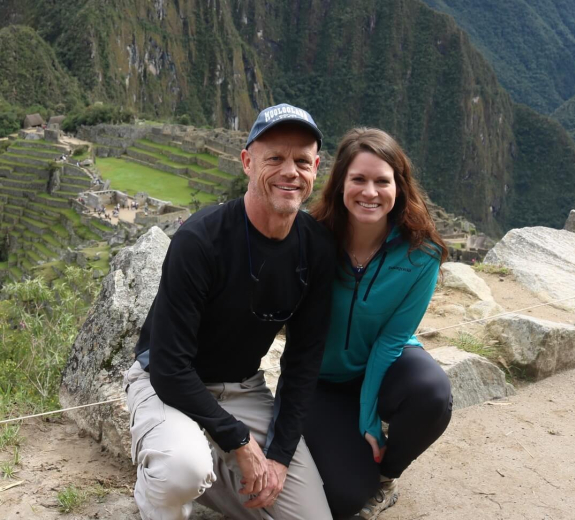Key Cell Changes
This project was part of the Targeting Immune Responses for the Prevention of Rheumatoid Arthritis (TIP-RA) study, which monitored over 100 patients’ immune systems for three years.
Researchers studied samples from people who had antibodies for RA — meaning they had a nearly 100 percent chance of developing the disease. Some participants developed RA during the study, and scientists pinpointed key cell changes among those participants.
Researchers believe that screening patients for these cell changes could help doctors know when RA will start, opening the door to improving treatments.
“Knowing that someone will develop RA soon after these changes means we can start treating them when medicines are most effective,” Dr. James says.
Aiming to Prevent RA
BRI’s researchers’ next steps include testing medicines that could prevent or delay RA.
Autoimmune disease research at BRI has inspired Steve to donate to our biorepositories — and he’s recruited his family to donate too.
“BRI is trying to create better, more individualized treatments, and I’m happy to give a simple blood donation to support that,” Steve says.
Callie’s son Noah turned one in 2019, and BRI’s work gives their family hope for the future.
“If scientists could determine if Noah was at risk and treat him preventively, that would be incredible,” Callie says. “BRI’s progress makes me think that he may never have to worry about autoimmune disease.”
Originally published in BRING IT ON Newsletter - Winter 2020




